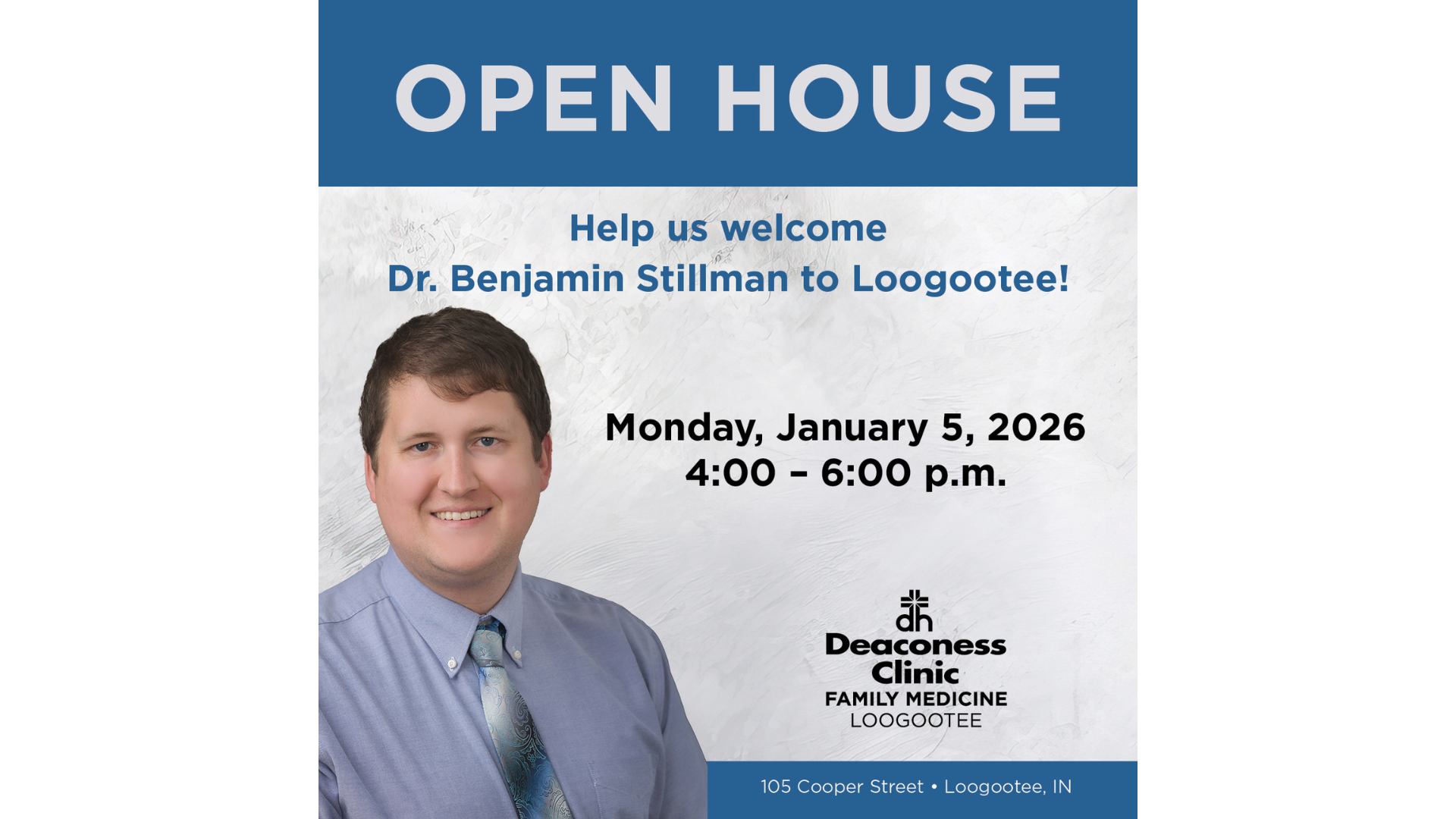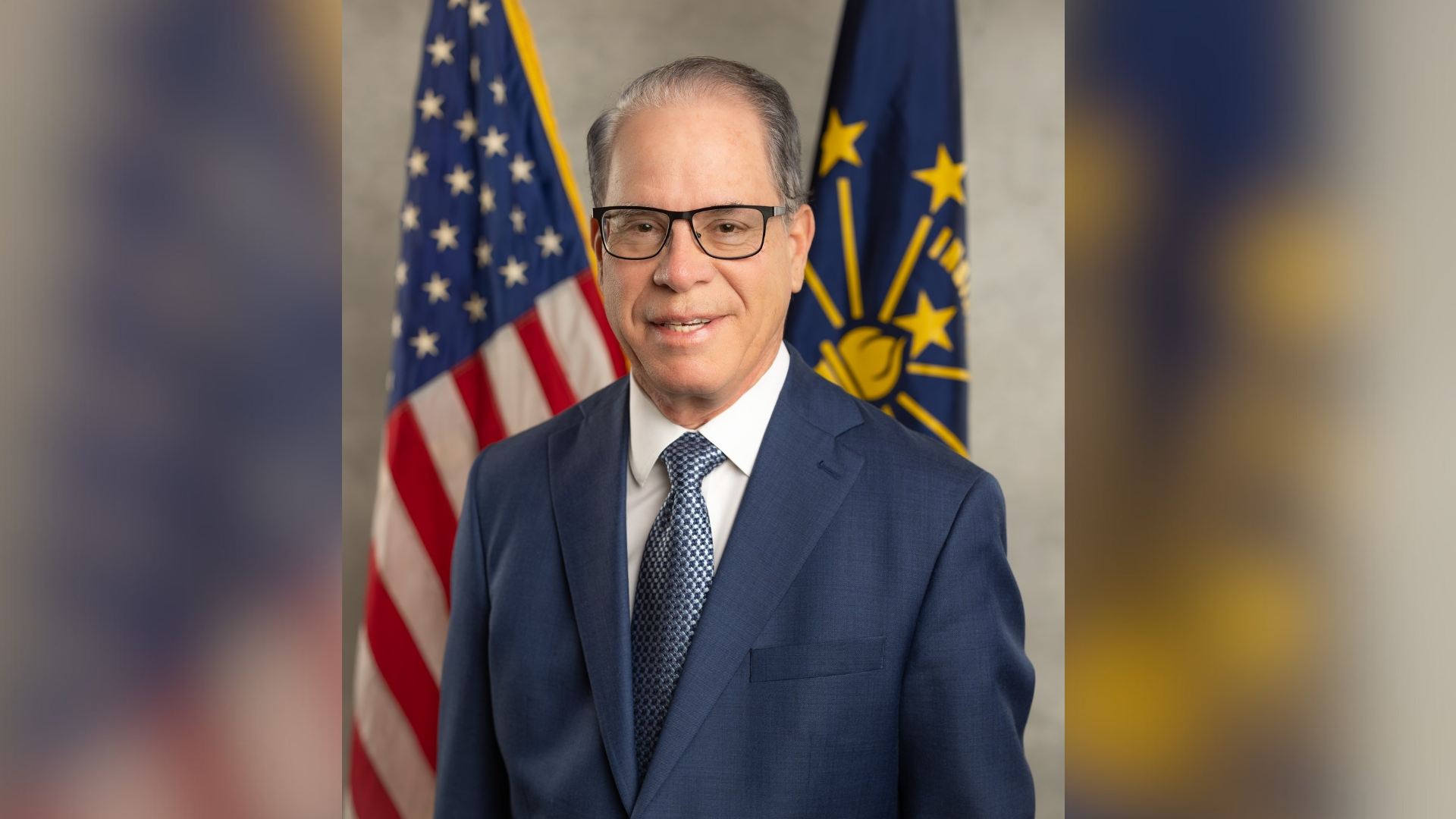The Graduate Medical Education (GME) Board has funded over 100 new resident physician positions at licensed Indiana hospitals and qualifying nonprofit organizations to meet the increasing demand for primary care physicians in Indiana.
Created by Indiana lawmakers in 2015, the GME Board is tasked with expanding graduate medical education residency opportunities across the state. The 10-member board is administered, staffed, and led by the Indiana Commission for Higher Education. Since its inception, the GME Board has awarded over $20 million through the state’s GME Expansion Plan, increasing Indiana’s number of residency slots by more than 330, and providing more than 176,000 hours of direct primary care to Hoosiers.
“The Commission’s most recent data show that Indiana will need an additional 817 primary care physicians by 2030,” said Indiana Commissioner for Higher Education Teresa Lubbers. “Continued investment in the state’s physician pipeline is critical to meeting this increasing need, especially in rural and underserved areas.”
Resident physicians have been added throughout Indiana – including Southwest Indiana (Jasper, Evansville, Vincennes), Greater Lafayette, Central Indiana, and Northeast Indiana (Fort Wayne). Future residency expansion plans include additions in Central Indiana, Southwest Indiana, and Northwest Indiana.
The Arnett Family Medicine Residency has been greatly impacted through funding for residency program expansion,” said Adjunct Clinical Assistant Professor of Family Medicine Travis Dams, M.D. “This funding has allowed our new program to obtain training items such as simulation equipment, point of care ultrasounds, and other materials which has made us a competitive residency site much sooner than we would have without it.”
Once students successfully finish their residency, they can become primary care physicians. Nearly 70 percent of doctors end up practicing medicine near the location of their residency programs, meaning those added through the GME Expansion Plan increase positive health outcomes and quality of life directly in the community.
Additionally, the physicians contribute directly to their community’s economic impact. Each physician’s practice within the community on average creates an additional six to seven jobs, and every primary care physician that is added within an underserved area generates a $3.6 million economic impact to the region.
About the Indiana Commission for Higher EducationAbout the Graduate Medical Education Board
The Graduate Medical Education Board was created by Indiana lawmakers in 2015 to expand medical education in Indiana by funding new residency program slots at licensed hospitals and qualifying non-profit organizations. The 10-member board is administered, staffed and led by the Indiana Commission for Higher Education. It may grant funds to support residents who are not federally funded, provide technical assistance to organizations that wish to establish residency programs, cover infrastructure costs for residency program expansion and provide startup funding for residency programs. The board meets regularly to review grant proposals.
Created in 1971, the Indiana Commission for Higher Education plans, coordinates and defines Indiana’s postsecondary education system to align higher learning with the needs of students and the state. The Commission also administers Indiana’s financial aid programs, including the 21st Century Scholars early college promise scholarship, which celebrated 30 years in 2020. Learn more about the Commission’s Reaching Higher in a State of Change strategic plan at www.in.gov/che.




